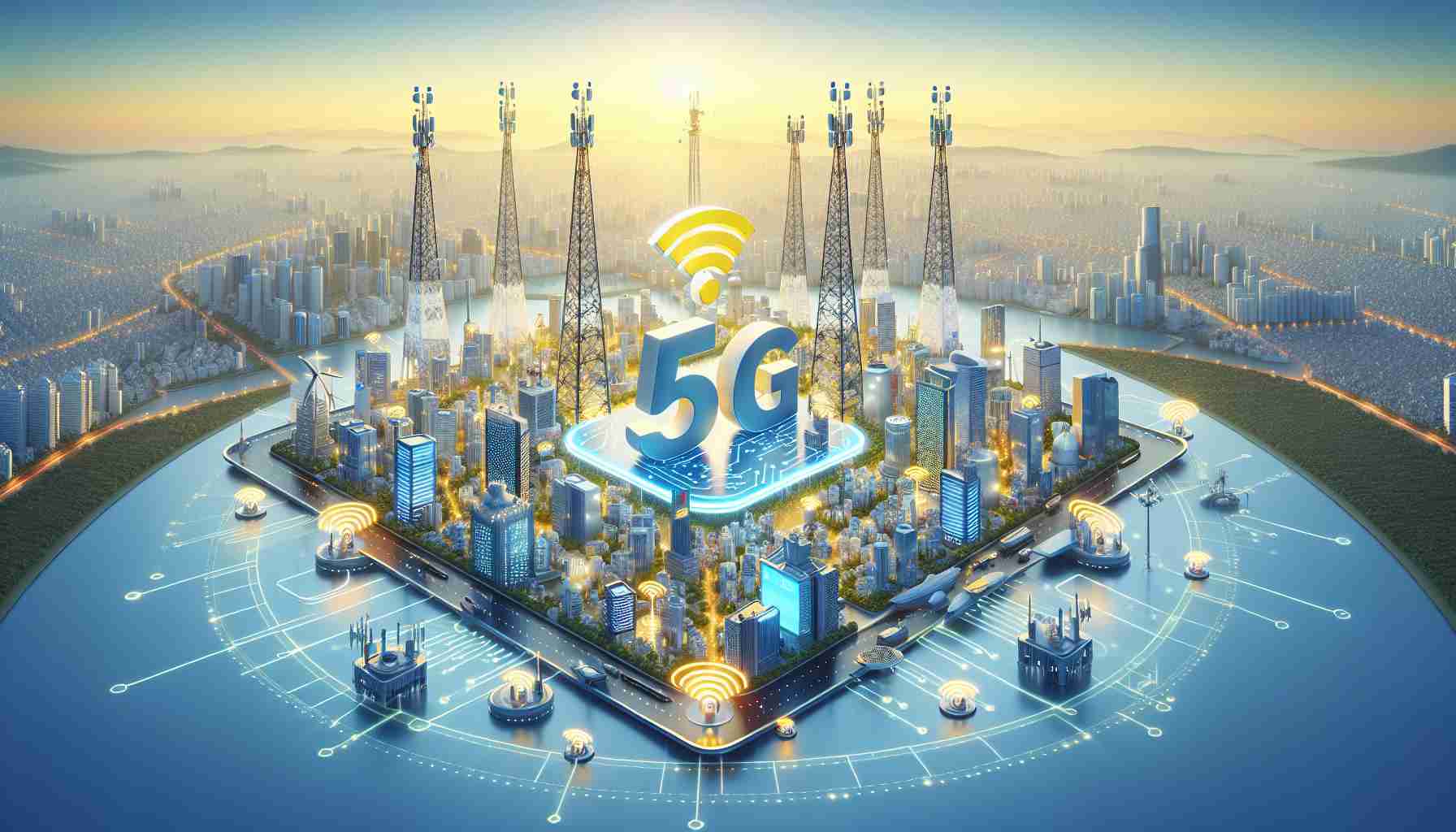Despite the global race for 5G dominance, Vietnam is taking a calculated approach by balancing investments in both 4G and 5G technologies. While the world eagerly anticipates the widespread adoption of 5G, Vietnam’s Ministry of Information and Communications (MIC) forecasts that 4G will retain a leading role in the country’s telecom landscape until at least 2030.
The Current State of 4G Dominance
According to insights from the Groupe Speciale Mobile Association (GSMA) and Ericsson, 4G technology will continue to serve the majority of Vietnamese subscribers, accounting for 55% of subscriptions by 2025. Although the proportion of 4G users will decline as 5G gains traction, it won’t be until 2029 that 5G is expected to surpass 4G in Vietnam. Consequently, the MIC is strategically allocating frequency bands to sustain both 4G and 5G services concurrently.
The Dual Investment Approach
Telecom giant Viettel has expanded its 4G network, reaching over 95% of the population with plans to further increase this coverage. This involves the installation of thousands of new base stations to replace old 2G sites, especially in rural regions. Viettel’s leadership emphasizes the ongoing importance of 4G investments to bridge the gap during the 2G phase-out.
Meanwhile, VNPT is also enhancing its 4G infrastructure while simultaneously launching 5G services and exploring 6G technology. MobiFone, another key player, plans to significantly bolster its 4G network, understanding the crucial role it plays as 2G services are retired.
Vietnam’s strategic approach showcases a unique telecom model where both 4G and 5G advancements are pursued in parallel, ensuring robust connectivity for its population.
Vietnam’s Balanced Telecom Strategy: A Gateway to Future Innovations
Vietnam’s Steady March Towards a Technological Future
While many countries race headlong into full-fledged 5G deployment, Vietnam takes a distinctly measured path, investing in bolstering its existing 4G infrastructure alongside the nascent rollout of 5G. This balanced approach reflects Vietnam’s commitment to ensuring widespread connectivity and sets a fascinating precedent in the telecom realm. However, beneath this exterior lie intricate implications and socioeconomic impacts worth examining.
Impacts on Rural and Urban Communities
One of the notable advantages of Vietnam’s strategy is its inclusive reach. By expanding the 4G network, telecom providers such as Viettel and VNPT are ensuring that even the most remote areas remain connected. This effort supports not only social engagement but economic growth in rural communities, as reliable internet is essential for education, healthcare access, and small business operations.
Yet, the urban versus rural divide looms large in the 5G conversation. In urban centers, the shift towards 5G is more aggressive, catering to higher consumer demand for faster speeds and advanced applications such as IoT (Internet of Things) and smart city solutions. This disparity raises questions about equitable tech advancements across the nation.
The Economic Pros and Cons
Vietnam’s dual investment comes with its economic ramifications. The continuation of 4G infrastructure investments requires significant capital, which might delay the nation’s full transition to 5G and the associated economic benefits. Analysts warn of the risk of missing out on the productivity boost promised by 5G-enabled technologies if the rollout is delayed too long.
On the upside, maintaining robust 4G service secures a continuous revenue stream from existing technological frameworks, allowing Vietnam to tap into additional R&D for future innovations, including 6G exploration.
Technological Controversies and Questions
As the rest of the world accelerates towards 5G dominance, is Vietnam risking its competitive edge? Potential exists for the country to be perceived as lagging behind technologically. However, by securing strong foundations and smoothing the transition, Vietnam might emerge with more stable and robust infrastructure, avoiding some pitfalls seen in hastier rollouts.
The telecom sector must also grapple with regulatory challenges, including frequency allocation and the management of potential cybersecurity threats as networks become denser and more complex.
Concluding Reflections
Vietnam’s unique telecom journey asks the broader question: Is it always advantageous to chase the newest technology at pace? Through a pragmatic approach, Vietnam insists on connectivity and infrastructure resilience over being first in a technology race.
For further insights into the global 5G landscape, visit Ericsson and learn more about mobile connectivity trends at GSMA.
In a world where digital access can greatly influence socioeconomic structures, Vietnam’s investment strategy may provide a blueprint for others balancing cutting-edge innovations with accessibility.
—























